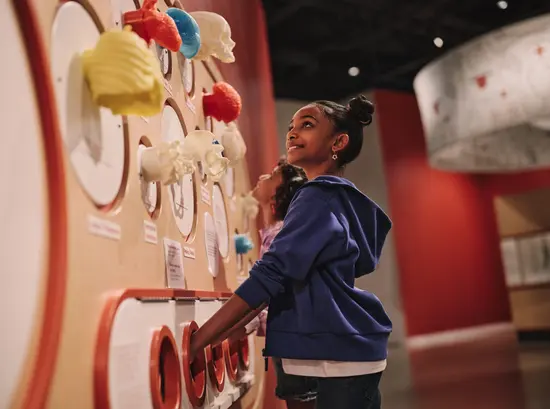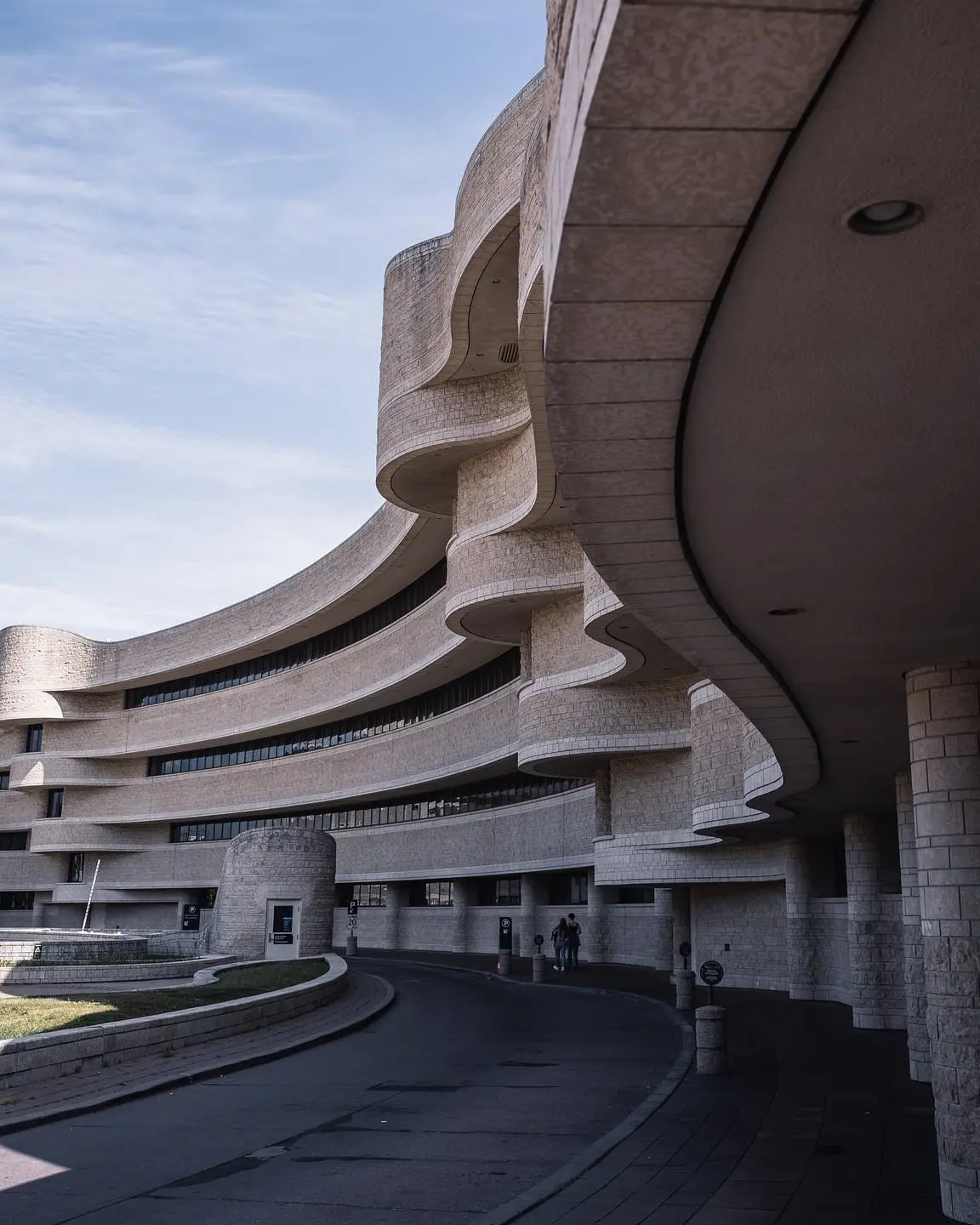Museums
From science to canoes to shoes to bushplanes, Ontario’s museums will delight your eyes, mind and heart.
Ontario’s museums showcase ancient to modern cultural exhibits and collections from our own backyard and around the world. Science centres transport you to the historical discoveries found deep beneath the earth’s surface, or present the prestigious legacies achieved from travel out of space. Interactive and educational programs and workshop at museums make learning about the past fun and future discoveries exciting. Whatever your interest, chances are you can find an immersive experience for it in Ontario.
Quick guide to museums in Ontario
Ontario Museum Association
Browse through the extensive collection of different museums and cultural attractions to find the next museum to visit.
Attractions Ontario
Plan your next museum visit with Attractions Ontario, and save money using their annual coupons.
Kids programming
Introduce your kids to the world of museums at an early age. From sensory programs to engaging art workshops, Ontario’s museums offer all sorts of unique programs for kids of all ages throughout the year.
Check out seasonal exhibits
Most major museums host rotating seasonal exhibits. They’re a great way to explore treasures that are not part of the permanent collection. And they give you a great excuse to visit again and again. If you want to know more about the history behind the exhibits from the experts themselves on a guided tour.
Articles and itineraries
Get ideas and inspiration for your next trip.
Attractions
Discover top attractions, hidden gems and unforgettable experiences.
Pagination
Know before you go
Get your tickets in advance
Many museums will allow you to purchase tickets online or over the phone, so when you visit you can avoid long line-ups for popular exhibits.
Benefits of membership
Consider purchasing a membership if you visit a museum often. Not only is it useful for unlimited visits, but it opens the doors a lot of great perks like special workshops or talks exclusive to members.
Last updated: April 9, 2025



























